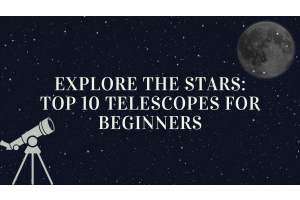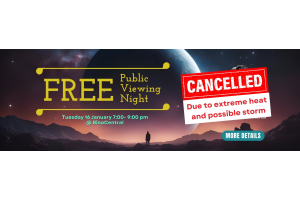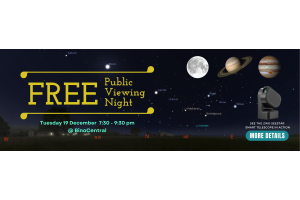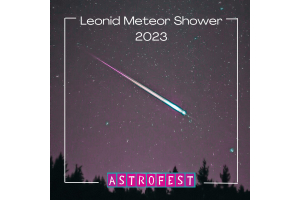Orionid Meteor Shower 2023: A Celestial Extravaganza

The Orionid meteor shower is an eagerly awaited annual celestial event that graces the night sky, delighting astronomy enthusiasts around the world. This meteor shower is anticipated to put on a spectacular display offering one of the brightest nightshows of the year.
Understanding the Orionid Meteor Shower
The Orionid meteor shower occurs when Earth intersects the debris trail left by Halley's Comet during its journey through the solar system. The debris, composed of dust and small rocks, burns up upon entry into Earth's atmosphere, creating bright streaks of light that we know as meteors or "shooting stars."
Timeline and Peak Observation
The Orionid meteor shower in 2023 is expected to be visible from late September, gradually intensifying as the days progress, reaching its peak around October 20th to 22nd and ending late November. During the peak period, observers can witness an increased frequency of meteors, sometimes as many as 20 to 25 meteors per hour under ideal conditions.
Ideal Viewing Conditions
1. Location
To observe the Orionid meteor shower, it's essential to find a location away from the glaring lights of urban areas. The darker the sky, the better the viewing experience.
2. Time
The best time to witness this meteor shower is during the pre-dawn hours, when the skies are darkest and the constellation Orion, from where the meteors seem to radiate, is high in the sky.
3. Weather
Check the weather forecast beforehand to ensure clear skies. Cloud cover can obstruct the view of meteors.
Identifying the Constellation Orion
The meteors from the Orionid shower appear to originate from the constellation Orion, giving the shower its name. Orion is one of the most recognizable constellations, featuring three prominent "belt" stars and the bright star Betelgeuse. The radiant point, the apparent origin of the meteors, is within Orion.

Capturing the Spectacle
1. Photography
If you're interested in capturing this celestial spectacle, consider using camera or phone mounted on a tripod. Use a wide-angle lens and a long exposure to increase your chances of capturing meteors.
2. Patience
Meteor showers can be unpredictable, so patience is key. Be prepared to spend several hours observing to witness the maximum number of meteors.
Conclusion
The Orionid meteor shower in 2023 promises to be a dazzling display of meteors, captivating stargazers from late September through the peak around October 20th to 22nd. By choosing a suitable observing location, understanding the best viewing times, and preparing for the experience, you can make the most of this extraordinary celestial event. Mark your calendars and get ready for a night of awe-inspiring meteoric wonders. Happy stargazing!








